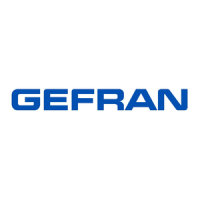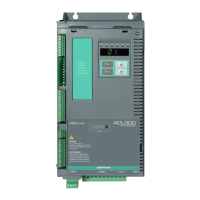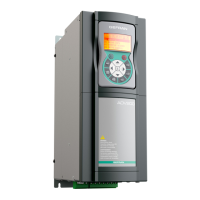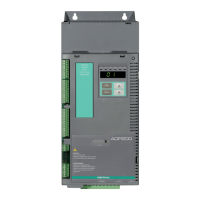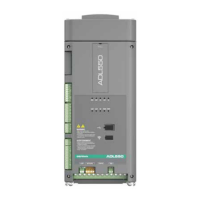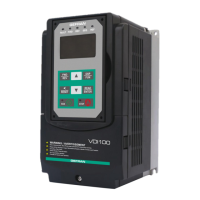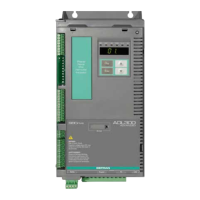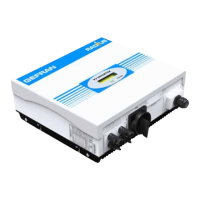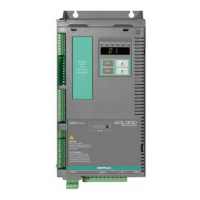4-72
10- 03 =【2】
Feedback (detected value) is derivative controlled in unit time set in parameter 10- 07.
10- 03 =【3】
Ddeviation (target value - detected value) is derivative controlled in unit time set in parameter
10- 07. If the deviation is positive, the output frequency decreases, vice versa.
10- 03 =【4】
Feed back (detected value) is derivative controlled in unit time set in parameter 10- 07.
If the deviation is positive, the output frequency decreases, vice versa.
Note:
For 10-03 = 1 or 2, If the deviation is positive, the output frequency increases and, vice
versa.
For 10-03 = 3 or 4, If the deviation is positive, the output frequency decreases, vice versa.
When 10-03=
5~8
, Output frequency = PID output frequency + frequency command (10-
03 =
1~4
) .
Feedback Gain coefficient
0.00 ~ 10.00
10-04 is the calibration gain. Deviation = set point – (feedback signal×10-04)
0.0 ~ 10.0
10- 05: Proportion gain for P control.
0.0 ~ 100.0
s
10- 06: Integration time for I control
0.00 ~ 10.00
s
10- 07: Differential time for D control
Range
0
: Positive Direction
1
: Negative Direction
0 ~ 109
%
10- 08 /10- 09: Calculated PID output is offset by 10-09 (the polarity of offset is according
to10-08)
PID Output Lag Filter Time
0.0 ~ 2.5
s
10-10: Update time for output frequency.
Feedback Loss Detection Mode
Range
0
:Disable
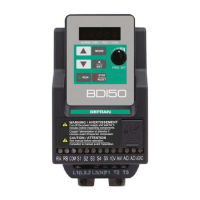
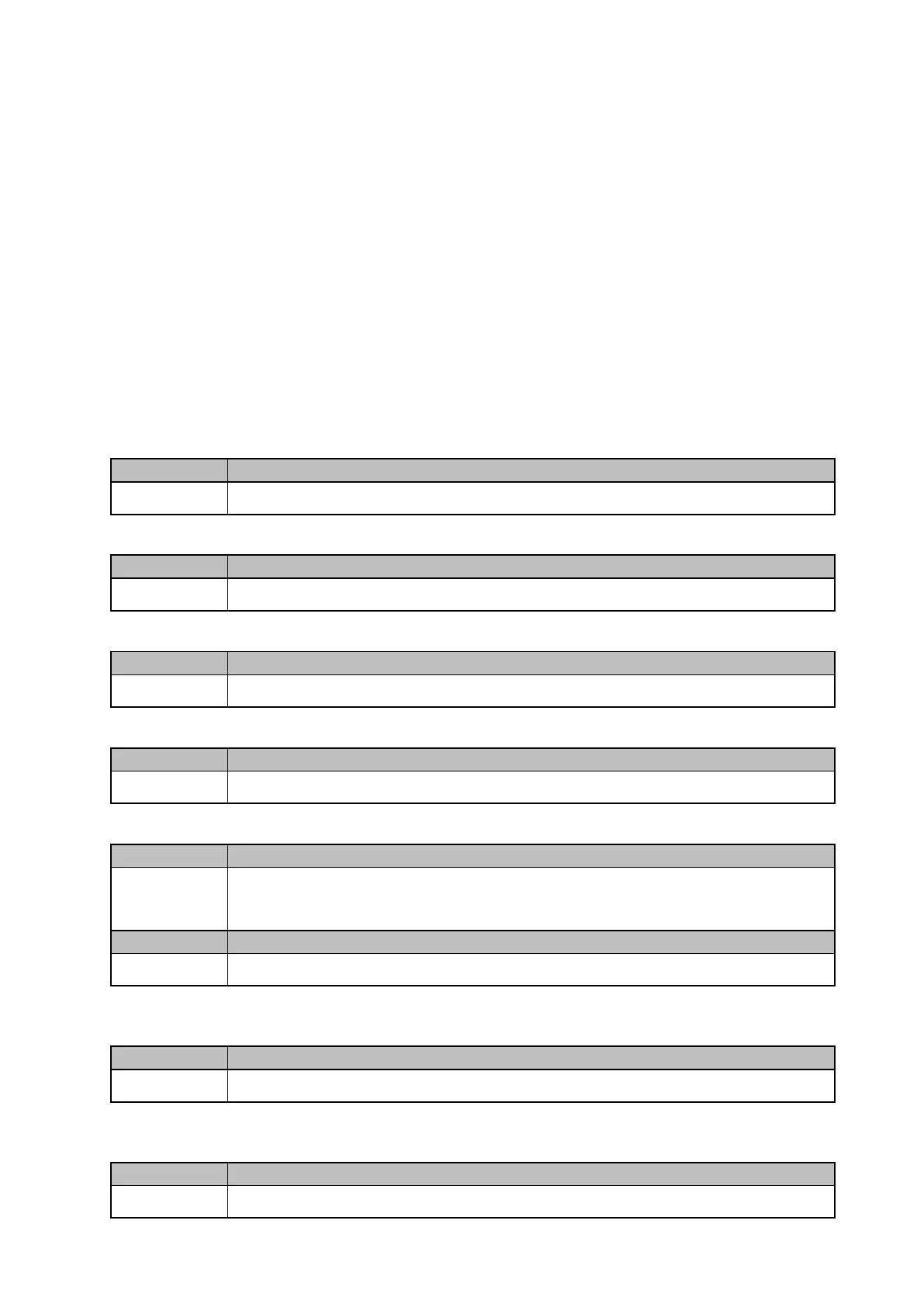